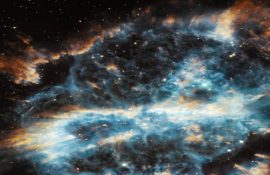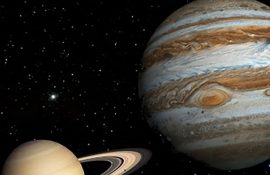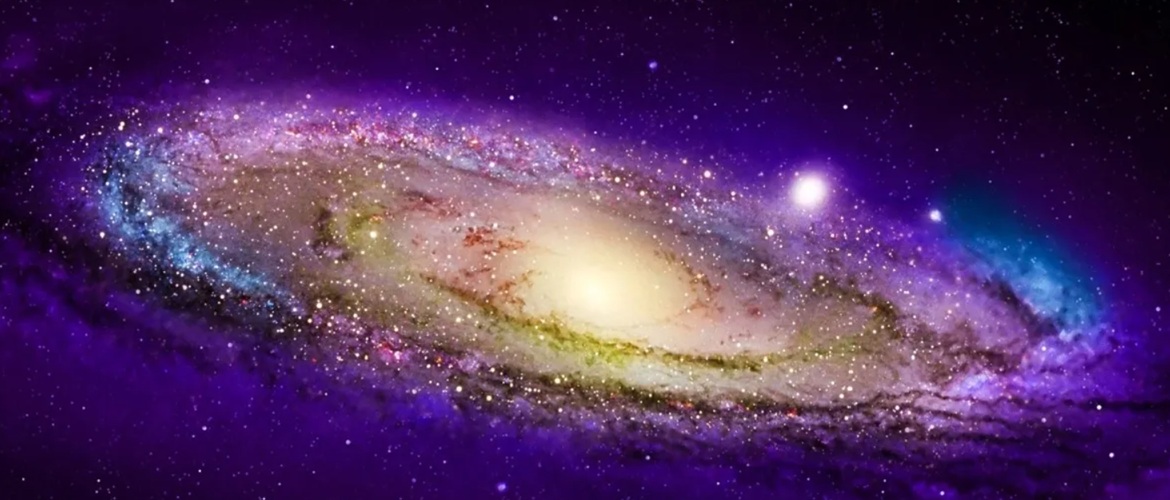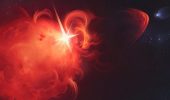The theory of gravitational microlensing originates in the work of Albert Einstein. Back in 1936, the great physicist demonstrated that gravity can alter the direction of light from stars, laying the foundation for future discoveries.
According to Ecoticias, a remarkable phenomenon has been recorded in the depths of the constellation Lyra, long disguised as a non-existent astronomical body.
This mysterious object, which initially resembled an “inverted planet” and seemed to defy all laws of physics, has in fact turned out to be a monumental scientific discovery. It is the first-ever example of a self-lensing binary star system, located approximately 2,600 light-years from Earth. The discovery confirmed Einstein’s 1936 prediction of gravitational lensing and opened a new chapter in the study of binary stars outside our galaxy.
For nearly eighty years, this theory remained merely a model without experimental confirmation, until the discovery of the KOI-3278 system changed the situation. It became the first recorded repeating gravitational lens, with a period of 88.18 days.
The discovery was made by astronomer Ethan Cruz, a graduate student at the University of Washington, who analyzed data obtained by the Kepler telescope. Unlike the usual dimming effect of a star during a planet’s transit, in this case, an increase in its brightness was observed—the result of gravitational light distortion.

The KOI-3278 system consists of two stars orbiting a common center of mass at a distance of approximately 70 million kilometers. One of them is a white dwarf, comparable in size to Earth, but with a mass more than 200,000 times that of Earth. As Professor Eric Agola of the University of Washington explains, “gravity bends space and time, so light rays bend as they reach the observer.”
This discovery provided compelling evidence that such systems truly exist. The mysterious “inverted planet,” which once baffled scientists, has become the key to a new era in astronomy, reminding us that the most significant discoveries are often hidden behind seemingly inexplicable data.
As a reminder, the Webb telescope has discovered signs of life in a neighboring galaxy.
To be continued…







Only registered users can leave comments